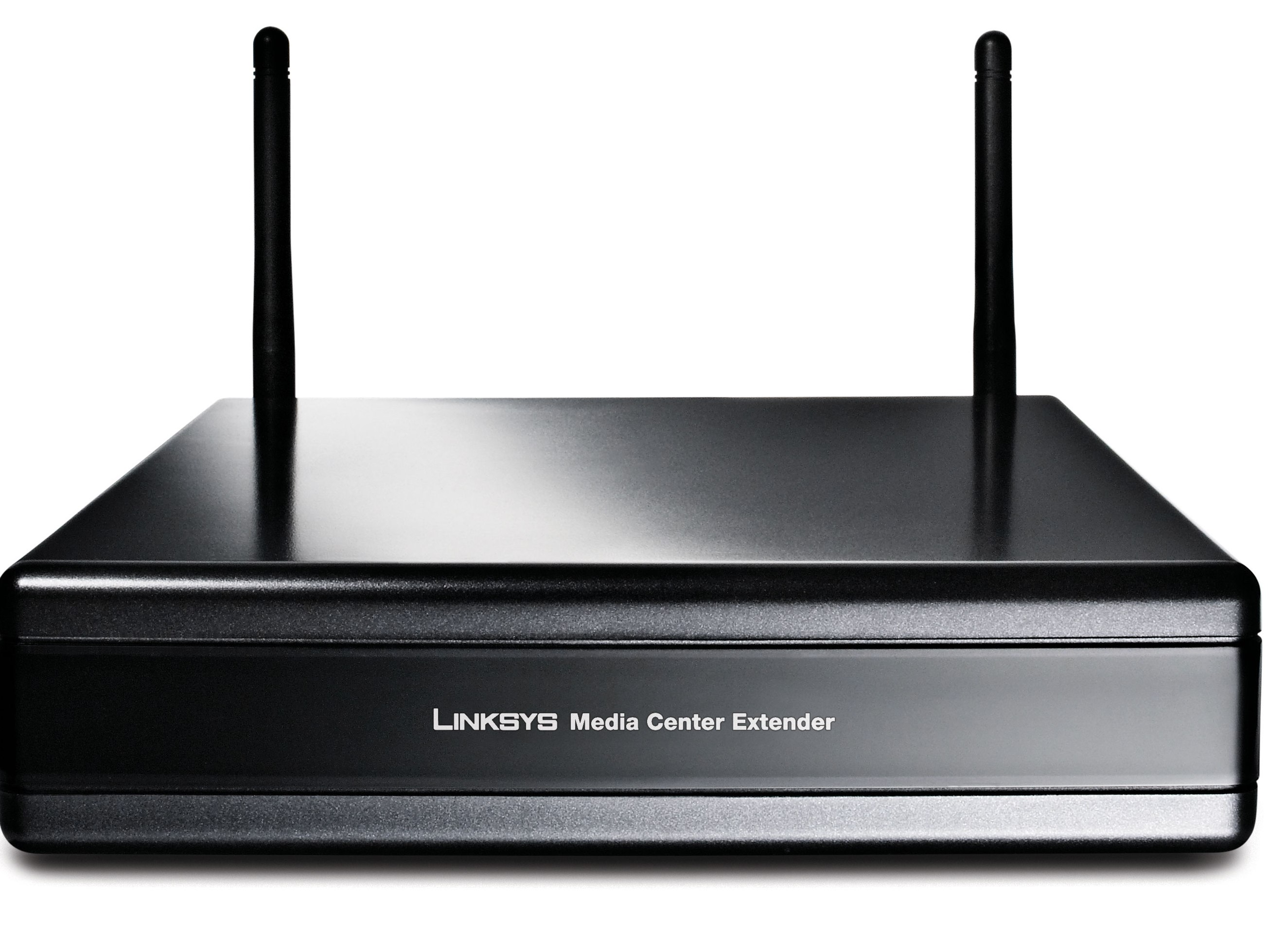
The paint may be still be fresh on 802.11n, but that hasn't stopped Wi-Fi honchos from touting the next big thing in wireless. Here's what you need to know.
Wireless N may be still be in draft spec, but Wi-Fi honchos are already lining up another - this time in the form of 802.11v. So what does the arrival of yet another Wi-Fi standard mean to you?
So what is it?
802.11v is an extension of existing 802.11 Wi-Fi devices, just like the a, b, g and n standards we're familiar with now. It was first proposed in 2004 to beef up Wi-Fi's networking capabilities and to address power management issues.
Why should I care?
802.11v promises to cut the amount of energy consumed by Wi-Fi radio chips in everything from modem routers to laptops and mobile phones. It'll work by automatically cutting power to the Wi-Fi chip when it's not being used, which should help improve battery life in devices like the Apple iPhone. That, in turn, should help Wi-Fi become much more eco-friendly than it is right now.
Key elements of the standard include Wake On WLAN and Wireless Network Management Sleep Mode, both of which should cut the amount of power 802.11v-equipped devices consume.
Get daily insight, inspiration and deals in your inbox
Sign up for breaking news, reviews, opinion, top tech deals, and more.
Is that it?
Thankfully, no. 802.11v also has a range of other benefits, including timing synchronisation - something that will come in handy when you're streaming multimedia files from place to place. Imagine a multi-room sound system that's able to stream content from its library to individual rooms, with none of the timing delays that can currently kill your enjoyment.
802.11v is also expected to offer a range of Real Time Location Services (RTLS). These should enable you to keep track of compatible Wi-Fi enabled devices, from mobile phones to laptops and company cars, with device tracking also open to security and emergency services.
This sounds similar to the Wireless Position System (WPS) created by Skyhook, which aims to overcome the shortcomings of GPS by offering low-level blanket coverage over a geographical area as opposed to remote satellites that can have their signals blocked by obstacles, buildings, and so on.
802.11v also promises to improve the reliability of Wi-Fi networks, to increase data transfer speeds and to cut interference from other devices.
Sounds good. How much will it cost me?
Linksys reckons it need not cost you anything at all. Some features can easily be added to your existing set-up using firmware. To get all the benefits you will need to stump up for some hardware - something you'd expect to happen anyway in the case of mobile devices, laptops and so on.
So will 802.11v replace existing 802.11a, b, g and n standards?
No, it's been designed to work alongside them.
When and how can I get my mitts on it?
802.11v is expected to get final approval from the IEEE Wi-Fi standards committee in 2010. But there's bound to be a bunch of Pre-V devices launched before then.